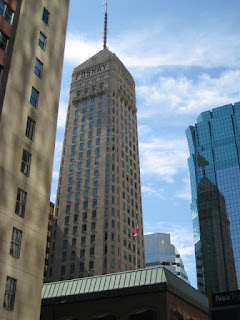One of the more interesting aspects of family history research is being able to put your ancestors’ actions and movements into perspective with what was happening in history at the time. For example, both of my paternal great-grandparents owned the land they lived and farmed on primarily because of two Congressional acts: the Homestead Act of 1862 and the Dawes Act.
The Homestead Act of 1862
President Abraham Lincoln signed the Homestead Act into law on May 20, 1862, turning “over vast amounts of the public domain to private citizens. 270 millions (sic) acres, or 10% of the area of the United States was claimed and settled under this act.”1
The Homestead Act “established a three-fold homestead acquisition process: filing an application, improving the land, and filing for deed of title. Any U.S. citizen, or intended citizen, who had never borne arms against the U.S. Government could file an application and lay claim to 160 acres of surveyed Government land. For the next 5 years, the homesteader had to live on the land and improve it by building a 12-by-14 dwelling and growing crops. After 5 years, the homesteader could file for his patent (or deed of title) by submitting proof of residency and the required improvements to a local land office.
Local land offices forwarded the paperwork to the General Land Office in Washington, DC, along with a final certificate of eligibility. The case file was examined, and valid claims were granted patent to the land free and clear, except for a small registration fee. Title could also be acquired after a 6-month residency and trivial improvements, provided the claimant paid the government $1.25 per acre. After the Civil War, Union soldiers could deduct the time they served from the residency requirements.”2
My paternal great-grandfather William Jokela chose the first route to owning property, living on the land for five years. He applied for homestead status on March 19, 1912 and finalized it on May 15, 1919. His Final Five-Year Homestead Proof included a signed affidavit of publication−meaning his intention to file a Homestead Application was published in the local newspaper consecutively for five weeks−and the signatures and testimony of two friends that he and his family had lived on the land for the required five years. Wilhelm and family had actually lived on the land for seven years, two years longer than required, because the 1918 Fire burned all of his improvements and he had to rebuild the family home and barn, replant crops and restock his farm animals.
 Jokela's Affidavit of Publication
Jokela's Affidavit of Publication
Testimonial from one of Jokela's witnesses
My other paternal great-grandfather, August Erickson, chose the second route, the cash route. He applied for homestead status for 167.13 acres on August 15, 1905, which at $1.25 per acre, cost him $208.92. Like Wilhelm, he had to prove an Application of Publication (this time a notice published in a local newspaper for six consecutive weeks) and offered the signatures and testimony of two friends who agreed that he had lived on the land and made the required improvements. In addition, he had to prove that he had paid the requisite amount of cash.
Erickson's Cash Paymnet
The Jokela and Erickson families lived within a few miles of each other just west of Cloquet, and both parents came from countries (Finland and Sweden) where there was little chance for them to own land. The Homestead Act gave them that opportunity.
1http://www.nps.gov/home/historyculture/abouthomesteadactlaw.htm
2 http://www.archives.gov/education/lessons/homestead-act/
Did your ancestors come to America for land or for other reasons?
LLet me help you find out what parts of history your family had a role in.
Discover your roots and watch the branches of your family tree begin to grow.
pjefamilyresearch@gmail.com
For more information on my Family History Research services, visit TheMemoryQuilt.com and click on Family History Research.










